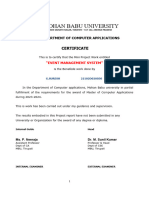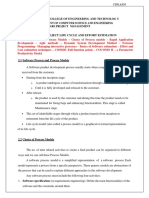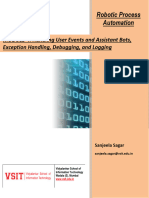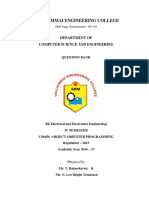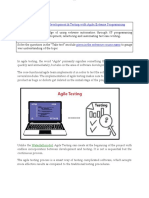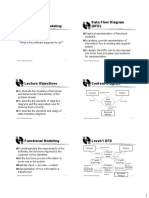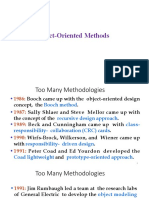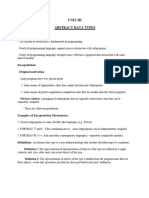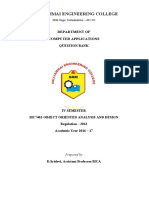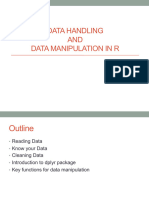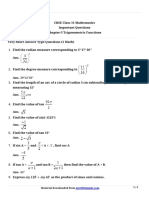0% found this document useful (0 votes)
1K views8 pagesData Analytics Life Cycle
The document outlines the six phases of a data analytics life cycle: discovery, data preparation, model planning, model building, communicating results, and operationalization. The phases involve learning the business domain, assessing available resources, extracting and transforming data, determining analytic methods, building and testing models, communicating findings to stakeholders, and operationalizing results.
Uploaded by
K Anantha KrishnanCopyright
© © All Rights Reserved
We take content rights seriously. If you suspect this is your content, claim it here.
Available Formats
Download as PDF, TXT or read online on Scribd
0% found this document useful (0 votes)
1K views8 pagesData Analytics Life Cycle
The document outlines the six phases of a data analytics life cycle: discovery, data preparation, model planning, model building, communicating results, and operationalization. The phases involve learning the business domain, assessing available resources, extracting and transforming data, determining analytic methods, building and testing models, communicating findings to stakeholders, and operationalizing results.
Uploaded by
K Anantha KrishnanCopyright
© © All Rights Reserved
We take content rights seriously. If you suspect this is your content, claim it here.
Available Formats
Download as PDF, TXT or read online on Scribd
/ 8






